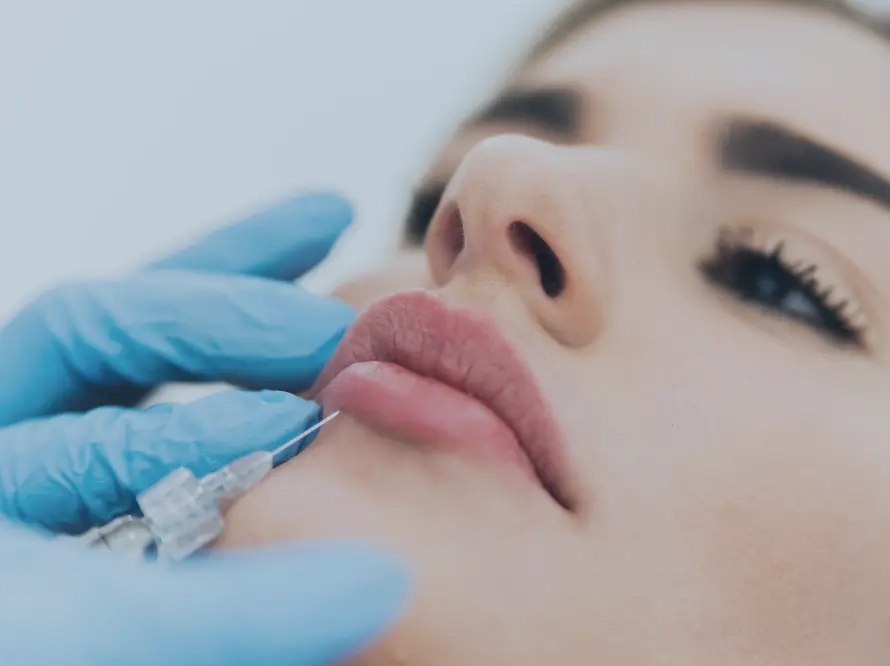Human attractiveness is complex, and little understood; some aspects appear to be innate – the nature – and others are learnt or depend on, or are influenced by our environment, cultural norms, wealth, social status, etc. – the nurture.
From an evolutionary standpoint, humans are somewhat pre-programmed to seek out certain attributes in a mate and other members of our social circle or ‘tribe’, associated with health, strength, intelligence, humour, fertility, and other traits subconsciously perceived as ‘having good genes’ for procreation and survival. These traits define the ‘attractiveness’ we see in one another, but the most noticeable aspect is usually someone’s looks, appearance, and facial expressions. These can even influence the jobs you get or how favourably a judge looks at you in court. Facial familiarity with symmetry, proportions, and dimorphism between the sexes to define masculine or feminine features all play a role in how we judge others and feel safe.
With increased demand and availability of cosmetic interventions to alter faces, it seems right to ask if we could be messing too much with ‘nature’; are we fudging the ‘normal’ markers of attractiveness? Rather than enhancing a whole face to increase perceived attractiveness (with full-face rejuvenation), there has been patient demand and drive for ‘feature-centric’ enhancements, focusing solely on one facial area, most notably the lips. Can changes to one area upset the balance of attractiveness? And, where results err on the extreme side, with overtly disproportionate ‘pouty’ lips, are we smart enough to spot when enough is enough, realise that something looks odd or unnatural, and attractiveness has been ‘broken’?
A first-of-its-kind study from the University of Sydney, Australia, has exposed the link between lip size and attractiveness and discusses the implications posed by the rise in lip filler procedures.
The study enrolled 32 participants (16 female and 16 male) from psychology students at the University to review various stimuli. Using feature distortion of facial images to create lip expansion and contraction in linear steps, they showed that it alters the perceived attractiveness of male and female faces.
Experiment one saw images of 24 faces (12 females and 12 males), forward-facing with neutral expressions, used as the stimuli. All external cues for facial identity (i.e., hair, ears and neck) were removed to create fixed-height, oval-shaped masks with standardised image brightness and contrast. For each of the 24 faces, seven different lip distortion images were created. Their original lips with natural dimensions, plus three magnified and three minified, to produce 168 facial stimuli images for participant review. Each image was presented in separate, randomised blocks of male and female faces, viewed in balanced orders, for 350 milliseconds and rated for attractiveness before another was displayed. The full set of stimuli was presented and rated by participants five times.
Their findings highlighted that females showed peak preference for expanded lips when viewing female faces, and males showed peak preference for contracted lips when viewing male faces, concluding that the distortion of lip size mostly influenced own-gender attractiveness ratings. They suggested that this perhaps explains why lip filler procedures to increase lip size mostly appeal to women rather than men, whose own-gender bias means they prefer thinner lips. These preferences are consistent with lip size and width being the sexually dimorphic traits that can diagnose genetic sex, reproductive health, and fertility.
The study moved on to test whether visual adaptation to distorted lips (the impact of exposure) would bias subsequent attractiveness judgements.
Experiment two used the same catalogue of visual stimuli. For the adaptation phase, each participant saw three of the 24 identities presented with lips that were either moderately expanded (+2 levels) or moderately contracted (−2 levels), with each first exposure lasting 15 seconds, followed by a 4-second top-up before testing. They were then tested on all seven lip sizes for a given identity, repeated four times, and asked to rate attractiveness.
The results found peak attractiveness shifted towards the adapted lip size. The authors concluded that viewing faces with artificially altered lip size powerfully influences attractiveness judgements and felt that the exposure renormalised attractiveness to a larger baseline – essentially, creating a ‘new normal’.
The authors fear this may lead to lip dysmorphia, and noted,
“This process of renormalisation is commonly believed to be highly adaptive and beneficial, allowing the visual system to stay calibrated with the current environment and sensitive to important changes in visual input. However, in the context of facial attractiveness, it is possible that this foundational visual process, which works outside of our awareness, is maladaptive.
Exposure to distorted lips that have been artificially expanded beyond biological limits could initiate an iterative process whereby only further expansion to even plumper lips will be perceived as attractive to an adapted observer.”
This unparalleled study finding perhaps serves as a warning for aesthetic medical and cosmetic surgery professionals concerning patient safeguarding. There is already much awareness about being mindful of patients seeking to modify their appearance who have unrealistic expectations or distorted perceptions of existing defects, and present with signs of chronic body dysmorphia. However, if, over time, your patient may visually adapt to the new shape or size of their modified facial feature, such as their augmented lips, renormalising their definition of attractiveness, and being motivated to have further intervention but demanding greater augmentation or alteration, would this demonstrate the instigation of dysmorphic behaviour?
In their experiment, the authors found that adaptation to lips alone produced significant shifts in attractiveness ratings, which indicates that lips do not need to be in the context of a whole face to modulate subsequent attractiveness judgements, implying that lips are represented on their own stimulus dimension, separate from the full-face context. This challenges the long-held idea that faces are processed holistically, showing that it appears, under certain circumstances, our brains can rely on information from individual facial features when evaluating attractiveness. They concluded that this opens new avenues for study into the complex mechanisms that underlie attractiveness.
References
Alais David, Stephens Jacqueline and Taubert Jessica. 2025
Distortions of lip size bias perceived facial attractiveness.
Proc. R. Soc. B.292:20250202
https://royalsocietypublishing.org/doi/10.1098/rspb.2025.0202




